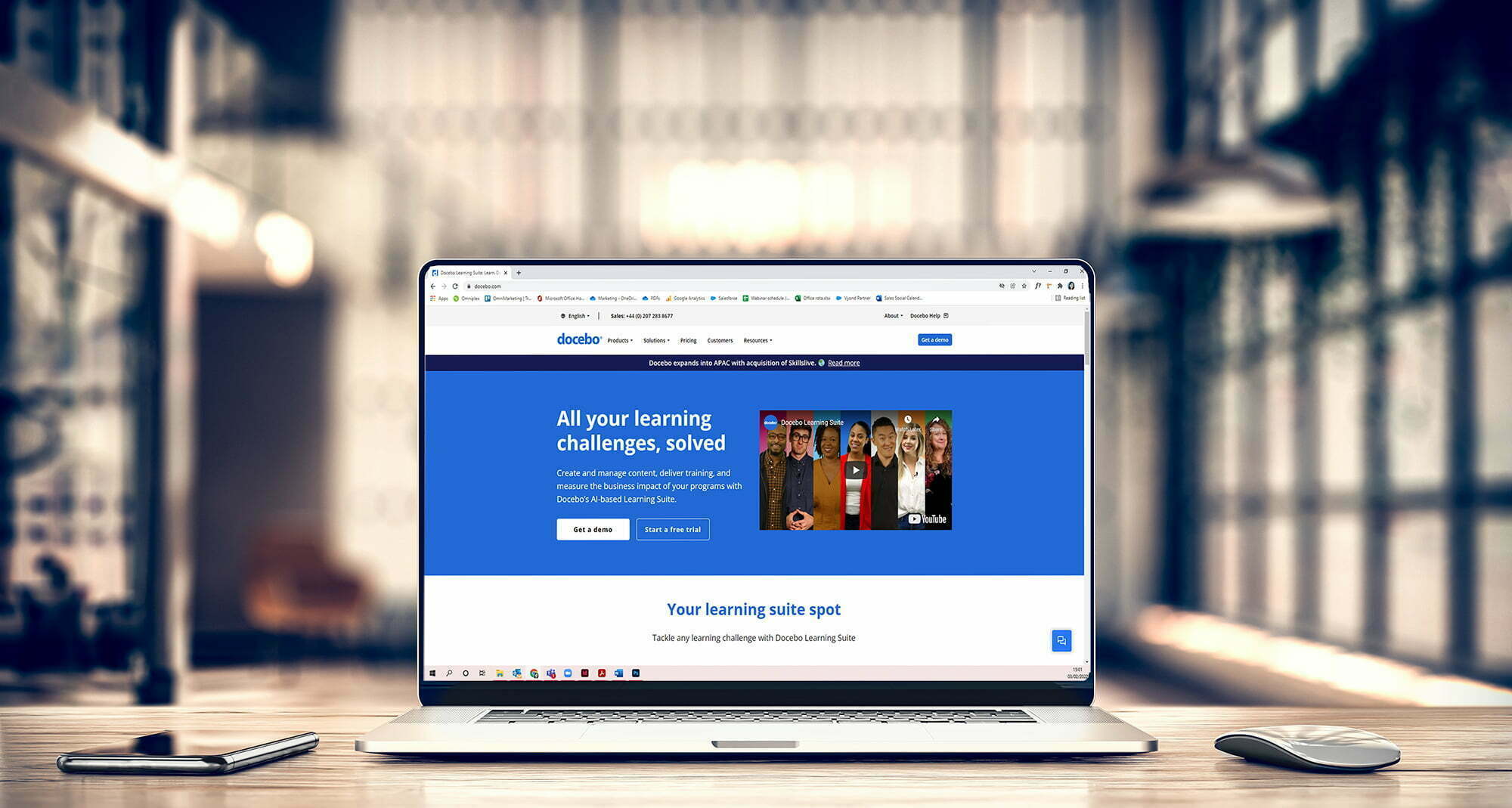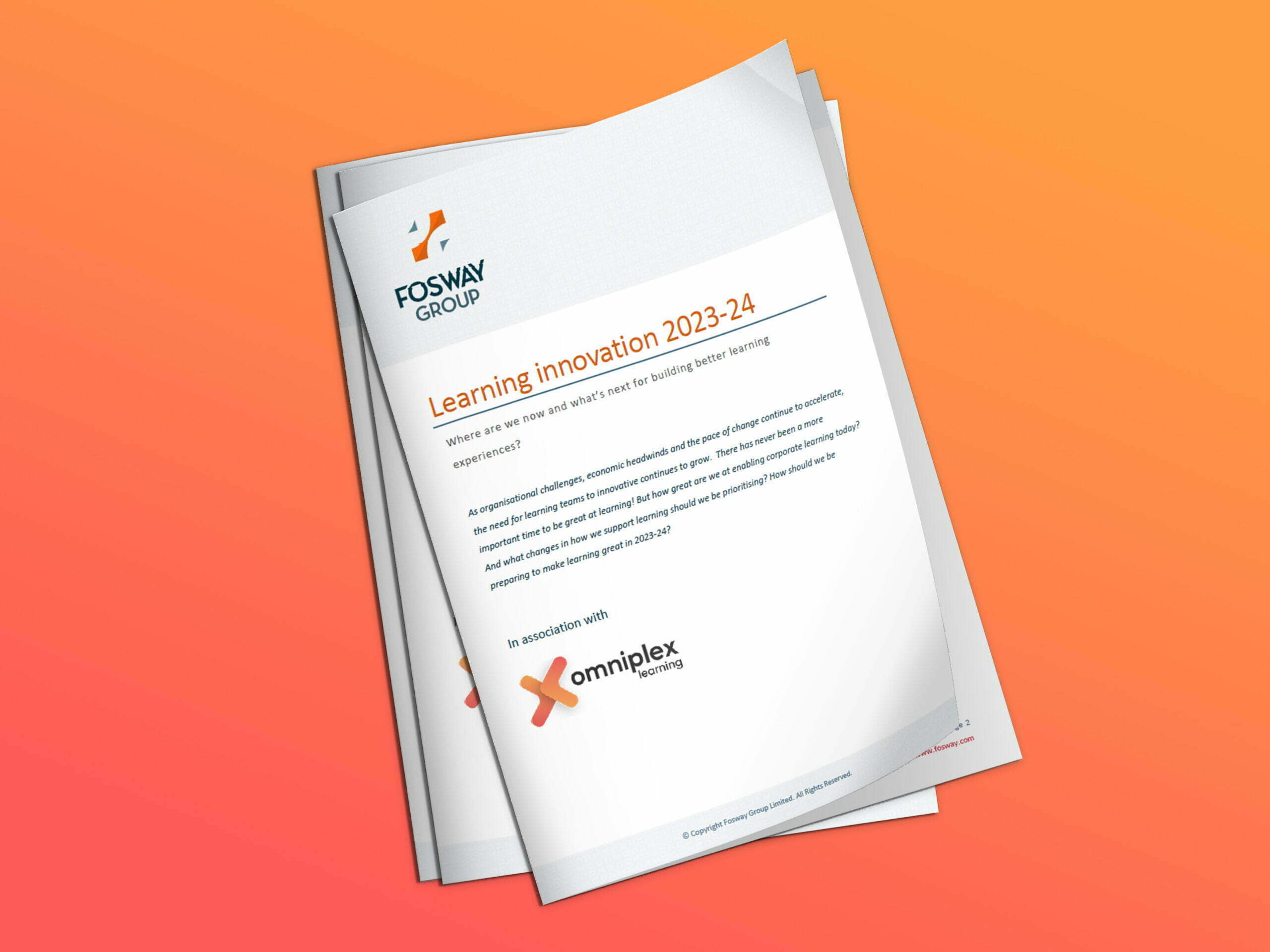Proving the value and effectiveness of your eLearning courses can be tricky business.
You might know how many people completed a course, but that figure alone probably won’t give you the full picture. It doesn’t tell you much time it saved your business in the long run, what the return on investment was, or how valuable it was to your learners.
Understanding how effective your courses are can help you improve your results and improve the experiences of your learners. We’re going to take a look at what data is available and some of the methods you can use to get started.
Setting strong objectives
The first thing to consider is… what exactly are you trying to achieve? Having clear objectives will help you identify the best metrics to use when measuring your courses.
The measure of success and the timeframes for that success will likely change depending on the course you are running.
Measuring the effectiveness of onboarding training is likely to be very different to how you measure a course intended to improve ROI.
Using a model like SMART (Specific, Measurable, Achievable, Relevant and Timebound) can help you frame your objectives in a way that’s easy to create and to later share with the rest of your organisation.
For example, if you were launching a new eLearning programme to increase employee retention rate, your objective might look like this:
The retention rate for employees was 70% over the last year (Relevant), and the aim of this programme is to support employee development and increase retention rate (Specific, Measureable) to at least 80% (Achievable) by the same time next year (Timebound).
Using this type of framework gives you a base to work from and also something to refer to when you report back on the results of your eLearning programmes.
If you’re struggling to prioritise objectives, aim to keep them in-line with the overall goals of your organisation. This adds relevance to your own objectives and may increase your chances of stakeholder buy-in.
There are many frameworks out there for this, but having a clear direction is a good start in measuring the impact of your eLearning courses.
Using data to measure effectiveness
Firstly, you can only work with the data that you have available and different learning management systems offer different levels of reporting and insight.
At the very least, you should be able to measure completion rate, allowing you to see who has and hasn’t completed your course. Surveys are also relatively easy to implement, whether as part of your LMS or using an external provider.
A learning management system like Docebo takes this further by providing advanced insights and built-in surveys. Having access to this qualitative data on user experiences and feedback gives you far more options in terms of measuring success.
Benchmarking is another key feature of Docebo’s Learning Impact tool, allowing you to track performance over time using a variety of metrics. This makes it easy to understand how effective your courses are and how you can improve them for your users in the future.
Ultimately, which metrics you should use depends on what level of reporting you want to do.
In some cases, basic features like surveys and completion rate may suffice, but if you want to definitively show the value of your eLearning, the more data you have at your fingertips, the better.
What about surveys?
If you don’t have advanced metrics within your LMS, then surveys are a great option. Many learning management systems include a survey feature, but you can also use a separate tool like SurveyMonkey to gather feedback.
The benefit of a survey is that rather than just gathering pure numbers and data, you can use freeform text boxes, allowing users to share their thoughts and feedback. These post-course comments can be invaluable in helping you understand the experience of your learners. It also lets your learners know that you care and are listening to their feedback.
Using your data to improve your courses
Having set your objectives, ran your course and gathered your data, you should have an idea of how your learning has performed against your objectives.
And if you’re using advanced insights, like Docebo Learning Impact, you are likely to be able to pinpoint exactly how you can improve your course the next time you run it. You can then set the next round of objectives and start the whole process over again.
Data is an incredibly important tool when it comes to eLearning, especially in helping you to understand your learners and improve your courses.
Plus, when you are asked about the success of your eLearning programmes, you will have the data and supporting to story to support what you are saying, and hopefully prove the value and impact of your course.
Find out how Docebo can help you measure the impact of your learning by booking a demo today.
Explore more at Omniplex Learning
The secrets of successful software simulation in Articulate Storyline 360.
Discover training that gives you the confidence to design accessible eLearning courses.















 BACK
BACK
